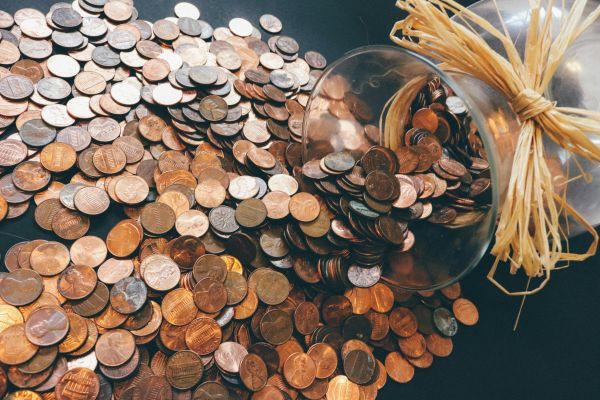An emergency fund is a crucial component of financial planning. It provides a safety net for unexpected expenses and financial emergencies, helping to prevent debt accumulation and financial stress. This article delves into the importance of emergency funds, how to build one, and best practices for managing it.
What is an Emergency Fund?
An emergency fund is a stash of money set aside to cover unexpected expenses or financial emergencies. These can include:
- Medical emergencies: Unplanned medical expenses that are not covered by insurance.
- Car repairs: Sudden breakdowns or accidents requiring immediate repair.
- Home repairs: Urgent repairs such as a leaky roof or a broken furnace.
- Job loss: Income replacement during periods of unemployment.
- Unexpected travel: Emergencies requiring immediate travel, such as a family illness or funeral.
Why is an Emergency Fund Important?
Financial Security: An emergency fund provides financial security by ensuring that you have money available to handle unexpected expenses without disrupting your financial stability. It prevents you from having to rely on credit cards or loans, which can lead to debt.
Peace of Mind: Knowing you have a financial cushion can reduce stress and anxiety. It allows you to face emergencies with confidence, knowing you are financially prepared.
Preventing Debt: Without an emergency fund, you might have to resort to high-interest credit cards or personal loans to cover unexpected expenses. This can lead to a cycle of debt that is difficult to break.
Financial Independence: An emergency fund helps maintain financial independence by reducing reliance on others for financial support during tough times.
How Much Should You Save?
The amount you need in your emergency fund depends on your personal circumstances, such as your income, expenses, and lifestyle. However, a common recommendation is to save enough to cover three to six months' worth of living expenses. This amount provides a sufficient cushion to handle most financial emergencies.
Steps to Build an Emergency Fund
Set a Goal: Determine how much you need to save based on your monthly expenses. Aim for at least three to six months of expenses.
Create a Budget: Establish a budget to track your income and expenses. Identify areas where you can cut back to free up money for your emergency fund.
Automate Savings: Set up automatic transfers from your checking account to your emergency fund. This ensures consistent savings without the temptation to spend the money.
Start Small: If saving several months' worth of expenses seems daunting, start with a smaller goal, such as $1,000. Once you reach that milestone, continue building your fund.
Prioritize: Make your emergency fund a priority. Before spending on non-essential items, ensure you are contributing to your savings.
Use Windfalls: Whenever you receive unexpected money, such as a tax refund, bonus, or gift, consider allocating a portion to your emergency fund.
Where to Keep Your Emergency Fund
Savings Account: A high-yield savings account is an ideal place for your emergency fund. It provides easy access to your money while earning interest. Look for accounts with no fees and competitive interest rates.
Money Market Account: Money market accounts offer slightly higher interest rates than regular savings accounts and often come with check-writing privileges. Ensure the account is FDIC-insured.
Certificates of Deposit (CDs): For larger emergency funds, consider using CDs with staggered maturity dates. This approach, known as a CD ladder, allows you to earn higher interest rates while maintaining access to a portion of your funds.
Best Practices for Managing Your Emergency Fund
Keep it Separate: Maintain your emergency fund in a separate account from your regular checking or savings accounts to avoid the temptation to spend it on non-emergencies.
Replenish After Use: If you need to use your emergency fund, make it a priority to replenish it as soon as possible. Resume regular contributions until your fund is back to its original level.
Avoid Using for Non-Emergencies: Use your emergency fund strictly for true emergencies. Avoid dipping into it for non-essential purchases or planned expenses.
Review Periodically: Periodically review your emergency fund to ensure it meets your current financial needs. Adjust your savings goal if your expenses or financial situation change.
Conclusion
An emergency fund is a vital component of financial planning that provides security, peace of mind, and financial independence. By setting a savings goal, creating a budget, and consistently contributing to your fund, you can build a robust financial cushion to handle unexpected expenses. Remember to keep your emergency fund separate, replenish it after use, and review it regularly to ensure it remains adequate for your needs.
For more information on building and managing an emergency fund, visit NerdWallet and The Balance.










